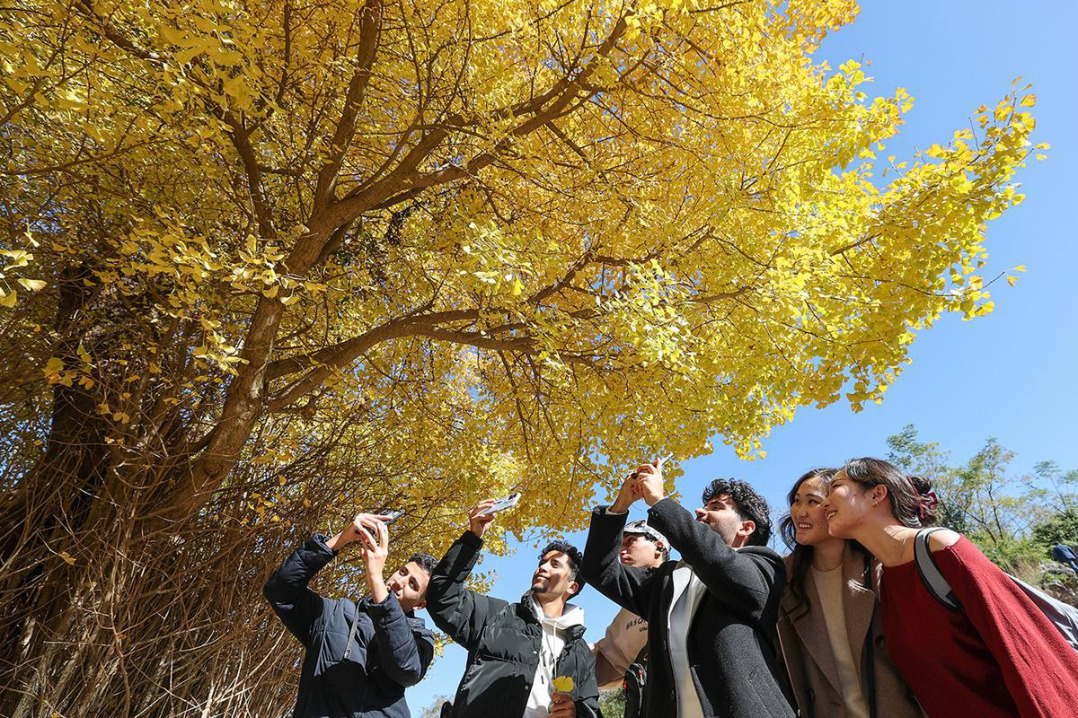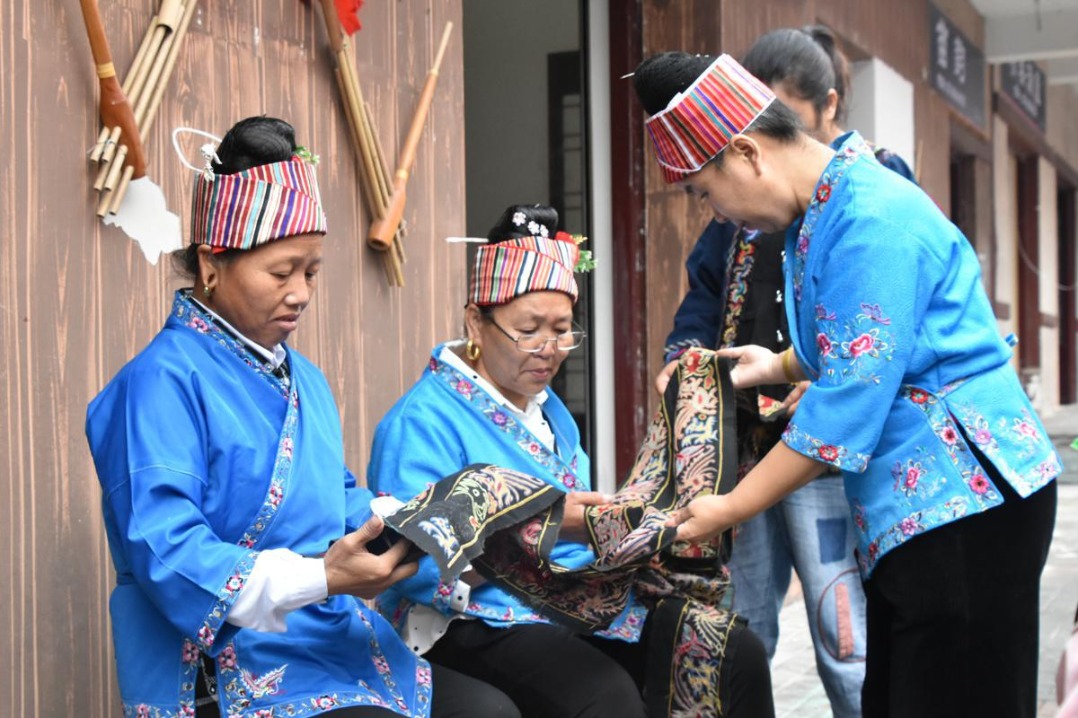Chinese expert collects moss for good reason

At the 2021 International Association of Bryophyte conference on July 9, the Riclef Grolle Award was bestowed on Zhang Li from Shenzhen, Guangdong province, the second Chinese bryologist to be given the honor.
Bryology is the study of ancient plants, such as mosses, that grow in moist, humid environments. They are among the oldest plants on Earth.
The Riclef Grolle Award goes to bryologists who have made outstanding contributions to such plants' diversity. So far, there have been seven winners worldwide.
Zhang is deputy director of the fairy lake botanical garden in Shenzhen. Since he started working in the garden in January 2006, he has been engaged in bryophyte diversity investigations, research and popular science education, traveling to most regions in China and six continents.
Through Zhang and his team of bryophyte collectors and establishing specimen exchanges with herbariums at home and abroad, 21,000 specimens are maintained in Shenzhen's botanical garden, mainly from South and Southwest China, Southeast Asia, Australia, East Africa, Chile and Spain.
The garden possesses the largest collection in the world of moss specimens from Hong Kong and Macao.
In 2012, the Brachymeniopsis gymnostom species — once officially listed as an extinct bryophyte species in China — was rediscovered by Zhang and his team on a mountain over 4,000 meters high in Tibet's Yadong county.
"Though bryophytes are not directly related to our lives, they play a role in our ecosystem. They can slow global warming because they absorb carbon dioxide. A few bryophytes are of medical value, with promising results in treating cardiovascular diseases," Zhang said.
China has vast territory and spans multiple climatic zones. It is among the countries with the greatest diversity of bryophytes in the world. There are more than 3,000 types in China, accounting for approximately 14.4 percent of the world's bryophyte species, Zhang said.
- Hundreds gather in Guangzhou for ninth Understanding China Conference
- Landmark reached in construction of Jintang Undersea Tunnel
- Shanghai Disney Resort hosts disability inclusion forum
- Guizhou university campus evacuated over suspected gas leak
- China launches online platform for drug price registration
- Beijing enters peak flu season with adolescents most affected





































